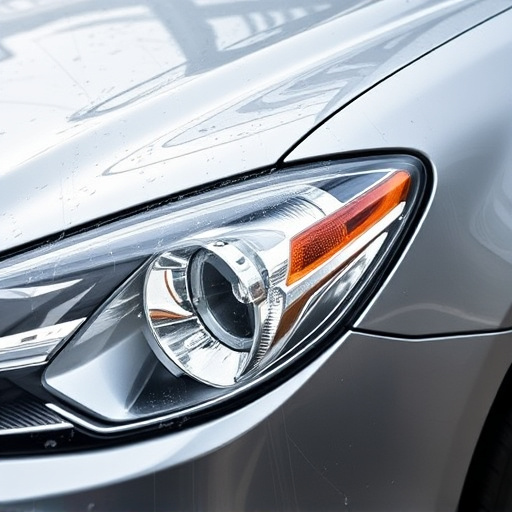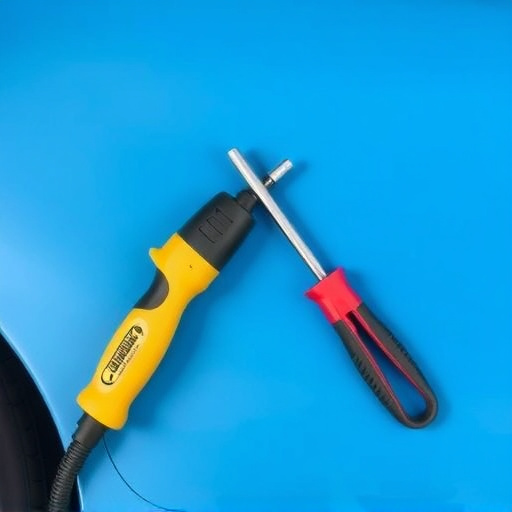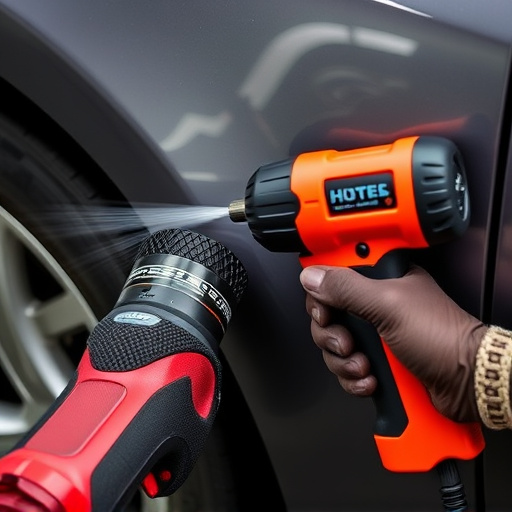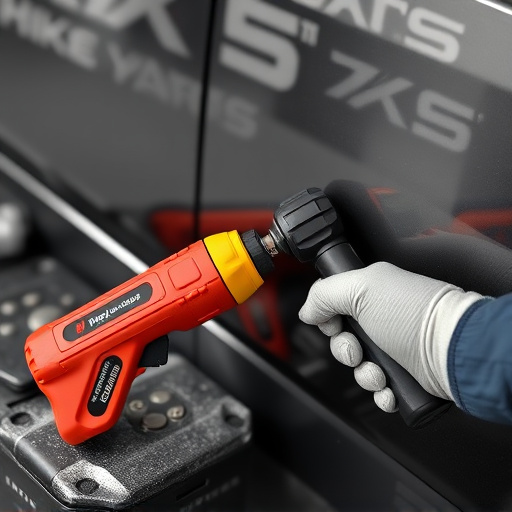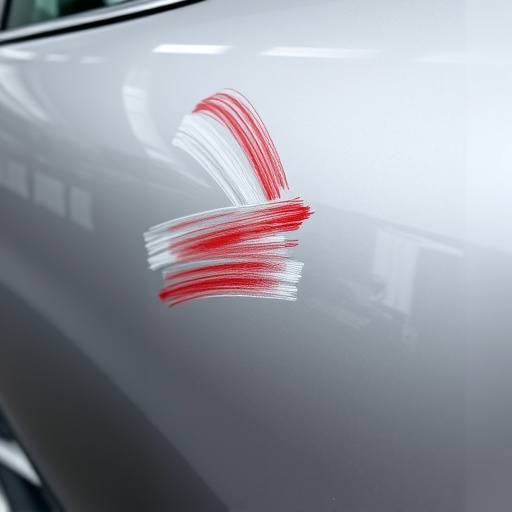Mercedes Lane Assist Recalibration is a meticulous process crucial for optimizing the performance of Advanced Driver Assistance Systems (ADAS) in Mercedes vehicles. By fine-tuning computer systems responsible for lane keeping, radar functions, and safety features like Lane Departure Warning, Blind Spot Monitoring, and Adaptive Cruise Control, regular recalibration ensures accurate, reliable operation despite changing road conditions, weather, or vehicle repairs. This boosts driver confidence and enhances the overall driving experience, prioritizing safety and efficiency.
Mercedes Lane Assist Recalibration is a critical process that ensures the optimal performance of Advanced Driver Assistance Systems (ADAS) and radar functions. This technical procedure involves adjusting and fine-tuning the vehicle’s sensors to enhance accuracy and reliability in real-world driving conditions. By understanding the science behind Mercedes lane assist recalibration, drivers can unlock improved safety features, resulting in a smoother and more secure driving experience.
In this article, we’ll explore:
– The technical aspects of Lane Assist Recalibration.
– Benefits of recalibrating your Mercedes’ ADAS and radar systems.
– A step-by-step guide to ensure effective calibration.
- Understanding Mercedes Lane Assist Recalibration: A Technical Deep Dive
- Why Recalibrate? Unlocking Optimized ADAS and Radar Performance
- The Process: Step-by-Step Guide to Effective Lane Assist Calibration
Understanding Mercedes Lane Assist Recalibration: A Technical Deep Dive

Mercedes Lane Assist Recalibration is a sophisticated process that plays a pivotal role in ensuring the optimal performance of Advanced Driver Assistance Systems (ADAS). This procedure involves re-adjusting and fine-tuning the vehicle’s computer systems, specifically those responsible for lane keeping and radar functions. By recalibrating these systems, Mercedes-Benz aims to enhance safety features like Lane Departure Warning, Blind Spot Monitoring, and Adaptive Cruise Control, ensuring they remain accurate and reliable in various driving conditions.
This technical deep dive into Mercedes Lane Assist Recalibration is essential as it addresses the dynamic nature of road environments. Over time, factors such as weather changes, road alterations, or even regular auto glass repair and vehicle paint repair can impact the accuracy of these sensors. Thus, recalibration becomes a crucial step in maintaining the integrity of ADAS, enabling drivers to navigate with enhanced confidence and peace of mind.
Why Recalibrate? Unlocking Optimized ADAS and Radar Performance

Mercedes lane assist recalibration is an essential process that ensures your Advanced Driver Assistance Systems (ADAS) and radar functions operate at peak performance. Over time, various factors can impact the accuracy of these systems, leading to suboptimal results. These include environmental changes, wear and tear on sensors, and even minor car dent repairs or paint services that could alter the positioning of components.
A well-executed Mercedes lane assist recalibration addresses these issues, allowing your vehicle’s ADAS and radar to deliver more precise data. This, in turn, enables crucial safety features like lane keeping assist, blind spot monitoring, and adaptive cruise control to function optimally. By visiting a reputable car body shop for this service, you’re not just enhancing the performance of your Mercedes but also ensuring a safer driving experience.
The Process: Step-by-Step Guide to Effective Lane Assist Calibration

Mercedes lane assist recalibration is a meticulous process that ensures Advanced Driver-Assistance Systems (ADAS) and radar functions operate at peak performance. Here’s a step-by-step guide to help you navigate this crucial procedure. Firstly, gather all necessary tools, including specialized diagnostic equipment and calibration kits, specifically designed for Mercedes vehicles. Next, ensure the vehicle is parked on a level surface with adequate lighting. Switch on the ignition but keep the engine off until the system boots up. Using the diagnostic tool, access the lane assist module and verify its status.
Proceed to calibrate each sensor individually, ensuring they are aligned correctly with the vehicle’s body. This involves positioning sensors at specific angles and distances from the road markings for accurate readings. After successful sensor calibration, perform a system-wide recalibration by driving through a series of marked lanes at varying speeds. This step allows the software to adjust itself according to real-world conditions. Finally, test the lane assist function thoroughly within different driving scenarios, such as winding roads and fast highways, to confirm its reliability and precision. Remember, proper Mercedes lane assist recalibration is vital for enhancing safety and ensuring your vehicle’s ADAS systems are reliable and accurate.
Mercedes Lane Assist Recalibration is a pivotal process for maintaining and enhancing the performance of Advanced Driver Assistance Systems (ADAS) and radar functions. By understanding the technical aspects and following a meticulous step-by-step guide, vehicle owners can ensure their Mercedes vehicles operate at peak efficiency, providing a safer and more enjoyable driving experience. This recalibration process is a game-changer in terms of optimizing ADAS and radar performance, ultimately contributing to a more robust and reliable automotive system.






